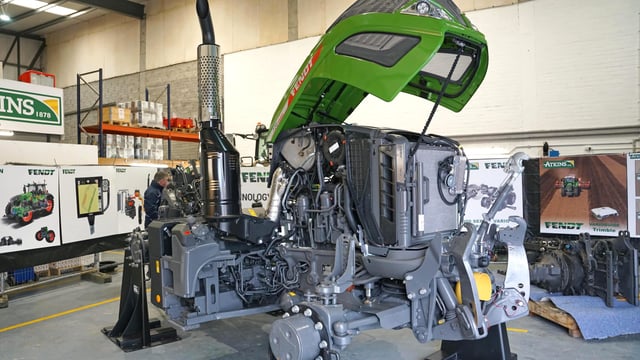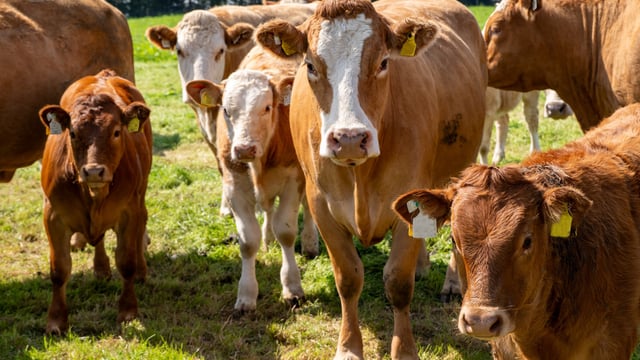Factors to consider for farmers buying store lambs this autumn
This time of the year, farmers traditionally begin to move out in larger numbers to buy store lambs for fattening and finishing over the winter months.
Grass demand generally drops off on beef farms in the autumn as heavier cattle are sold off and a store lamb enterprise often fits in well with a dry-stock beef enterprise.
The weight lambs are bought in at will be the key factor in determining when lambs will be slaughter fit, but good on-farm management can also help lambs reach slaughter weight earlier.
Generally speaking, lamb/hogget prices tend to peak some time between late April and June before the larger supplies of new-season lambs begin to arrive.
Lambs slaughtered in March and April tend to have higher costs associated with them as they have been carried through the winter months.
A dry winter greatly reduces challenges associated with winter lamb production, while a wet winter makes matters more challenging.
The table below gives a guide on the typical performance of lowland terminal-sired lambs on good-quality pasture:
| Time period | ADG – (g/day) | Kg gain per week |
|---|---|---|
| Aug/Sept | 160 | 1.1 |
| Oct/Nov | 115 | 0.8 |
Where lambs are being fed concentrates, volumes should be gradually increased.
If the target is ad-lib feeding, Teagasc advises increasing the amount offered by 200g/day every three days until lambs are ad-lib feeding. Access to a roughage source also is important.
On ad-lib feeding, crossbred lambs will be growing in the range of 280-350g/day or putting on 1.9-2.5kg live weight per week.
The concentrates used should be balanced for minerals and include 0.5% ammonium chloride to help avoid issues with urinary calculi, according to Teagasc.
Pelleted feed is less attractive to birds and prevents lambs sorting ingredients, as can happen with a coarse ration.
Where lambs are to be finished on ad-lib concentrates, it is important that they are gradually built up to ad-lib feeding levels.
Other tips to keep in mind
Where lambs will be kept late into the winter, it is advisable to assess the grass situation ensuring supplies will meet demand.
Lameness and parasites are also two key factors to monitor in any store lamb enterprise.
Regular foot bathing with an effective product can help reduce the need to treat lameness with antibiotics. Regular dung sampling will help farmers identify if lambs have a parasite burden.
It is advisable to contact your local vet for advice on an animal health plan for a store lamb operation.
Monitor lambs for signs of itching and flystrike and where necessary, a winter dip may be needed.
Also, it is important to draft lambs as they come fit, as most outlets have a carcass weight limit of 21.5kg or 22kg.




